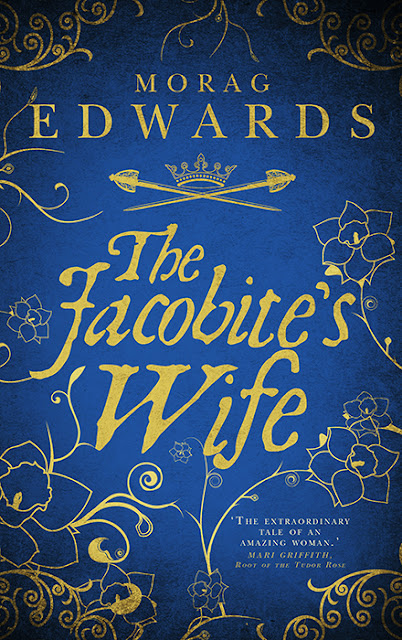I am delighted to welcome Morag Edwards to the blog today. she is going to tell us about her journey from educational psychologist to historial fiction author. Take it away, Morag.
When writing my first historical fiction novel, I was struck by the similarity with writing a psychological report on a child. First, there was the information gathering, followed by trying to weave a narrative thread through huge amounts of information, held in my head, on scraps of paper or in notebooks. With a child’s report I had to think about whether the child’s personality was visible beyond all the facts and if their story was one the parents would recognise. In historical fiction, the details of events, dress and furnishing had to be accurate but too much information was worthless if it distracted from the plot and the intrigue of relationships. Finding out a fascinating detail can be one of the joys of researching a historical novel but it can be a wrench to leave those behind if they don’t add anything to the story.
Creating characters is where I make most use of my background in developmental psychology. Once I have the child’s background, I can imagine the adult personality. This is always where I start, even in historical fiction. Although much has changed about child-rearing practices and attitudes towards children over the centuries, we can predict that our ancestors’ personalities were shaped by early childhood experiences, much as ours are today. To create Winifred Herbert’s personality in The Jacobite’s Wife, I built upon the known facts. As a child, Winifred was separated from her mother for much of her childhood and had to make weekly visits to the Tower of London, knowing that her mother was at risk of execution. This early vulnerability and lack of a safe childhood helped me to understand why she risked so much to save her husband from execution. I am busy with a follow-on novel to The Jacobite’s Wife, provisionally called Neither Love nor Money. In this novel, a new character called Mary Herbert appears. Less is known about Mary’s early years but it was enough to discover that she felt unloved by her mother and was regarded as ‘different’ within her family and wider society.
My use of psychology in character development is not always successful. There are times when I make a character act or think in a manner entirely consistent with developmental psychology, but readers are unhappy, making comments like, ‘she wouldn’t have done/thought that’. Having beta readers scrutinise the novel is essential to catch such examples of professional over-thinking. If my description of a character’s motives or actions makes no sense to a reader, within their own lived experience, then it doesn’t belong in the novel.
It is satisfying to use my knowledge of child psychology in fiction, if only because it gives my own narrative more purpose. Amongst many ‘what ifs’ is the one that goes, ‘what if I’d started my life as an author sooner?’ But perhaps I had to be a psychologist first, with enough knowledge and experience from a long career, to be confident about the authenticity of the relationships I describe. In my novels, relationships are everything and perhaps that is how it was meant to be.
The Jacobite's Wife
Morag Edwards
Based on the true story of Lady Nithsdale who smuggled her husband out of the Tower of London
Winifred had a troubled childhood. Her mother, father and brother were all imprisoned for treason due to their support for the Catholic king. When she falls in love with a handsome young Scottish nobleman, the marriage brings happiness. However, she is forced to rebel when her husband takes up the Jacobite cause and vows to restore the Catholic king to the throne.
While Winifred wants to be loyal to her husband, she also wants to protect him from imprisonment – and worse, the scaffold!



No comments:
Post a Comment